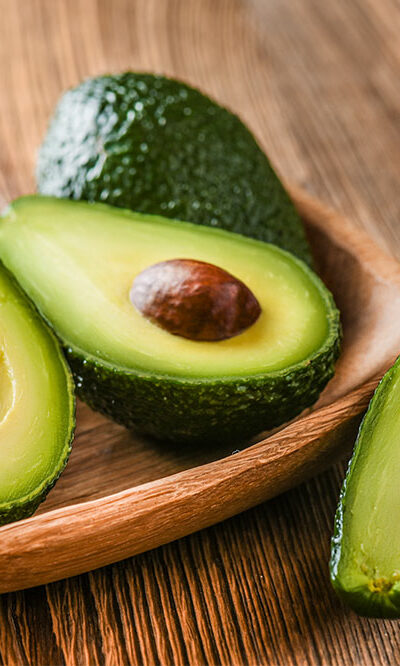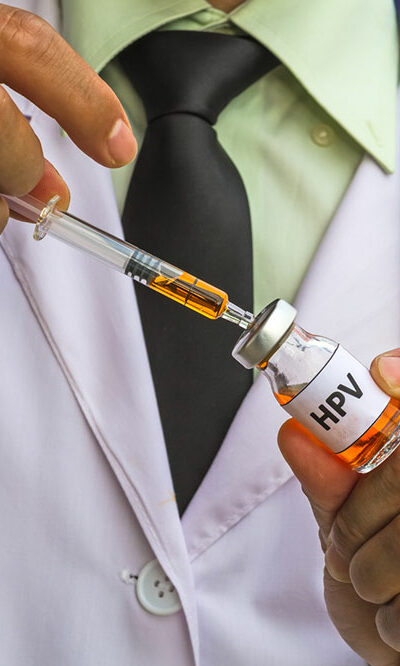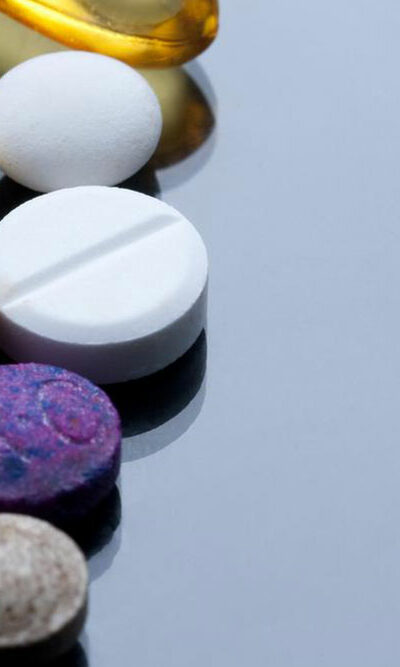
The Normal Cholesterol Levels and Their Management
A high level of cholesterol will increase the chances of heart diseases. Medications do help in keeping the cholesterol levels in check. However, instead of medications, if you can change your lifestyle, then it will be beneficial for you in the longer run. Before getting to know what kind of changes in your lifestyle will help, let’s see what the normal cholesterol levels are for your body. A blood test called lipid profile checks your cholesterol levels and generally reports the flowing things: Total cholesterol Triglycerides High-density lipoprotein (HDL) cholesterol Low-density lipoprotein (LDL) cholesterol What are the normal cholesterol levels ? The normal cholesterol levels depend on lot many factors but usually, they are universal for all. In order to get the perfect numbers or your cholesterol, it is highly recommended that you don’t drink (except water) or eat anything for about 9 to 12 hours prior to submitting blood samples. In the United States of America, the cholesterol levels are generally measured in mg/dl or milligrams (mg) of cholesterol in per decilitre (dl) of blood. Below are the various levels of measurement used for measuring cholesterol. Total cholesterol Below 200 mg/dl- Mostly desirable Between 200 mg/dl to 239 mg/dl- Borderline 240 mg/dl and above- High Triglycerides Below 150 mg/dl- Mostly desirable 150-199 mg/dl- Borderline 200-499 mg/dl- High 500 mg/dl and above- Very high HDL Cholesterol Below 40 mg/dl (men) or Below 50 mg/dl (women)- Poor 50-59 mg/dl- Better 60 mg/dl and above- Best LDL Cholesterol Below 70 mg/dl- Ideal cholesterol levels for those who are suffering from heart disease or diabetes Below 100 mg/dl- Highest for those people who are at risk of heart disease 100-129 mg/dl- Close to optimal if there are no heart diseases; high if the person has heart disease. 130-159 mg/dl- Borderline high if there are no heart diseases; high in case of heart disease.










